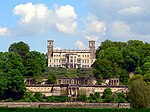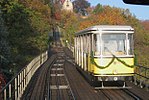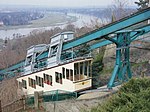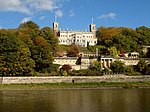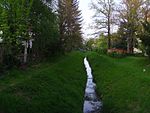Dresden Heath
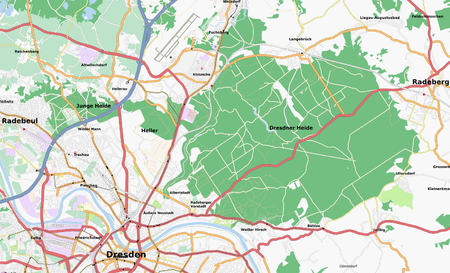
The Dresden Heath (German: Dresdner Heide) is a large forest in the city of Dresden, Germany. The heath is the most important recreation area in the city and is also actively forested. Approximately 6,133 hectares of the Dresden Heath are designated as a nature preserve, making it one of the largest municipal forests in Germany by area. Though mainly agricultural areas border the forest in the east, in all other directions the Dresden Heath is bordered by districts of the city and reaches nearly to the city centre in the southwest. The forest exhibits a transition, both in its geology and in its plant and animal life, between the North German Plain and the Central Uplands. Except for small areas, the Dresden Heath is considered part of the western Lusatian Highlands and, consequently, is one of the westernmost parts of the Sudetes. Though the rocky subsoil of the forest was raised during the tectonic formation of the Dresden Basin, the mixed woodland of the heath is largely characterized by dune-like sand deposits of the Wolstonian Stage and Elster glaciation. The proximity of the Dresden Heath to the centre of Dresden led to its use as a princely hunting ground, as well as its cultivation and cultural development.
Excerpt from the Wikipedia article Dresden Heath (License: CC BY-SA 3.0, Authors, Images).Dresden Heath
Prießnitztalstraße, Dresden
Geographical coordinates (GPS) Address Nearby Places Show on map
Geographical coordinates (GPS)
| Latitude | Longitude |
|---|---|
| N 51.0956 ° | E 13.8381 ° |
Address
Prießnitztalstraße
Prießnitztalstraße
01099 Dresden (Loschwitz)
Saxony, Germany
Open on Google Maps
